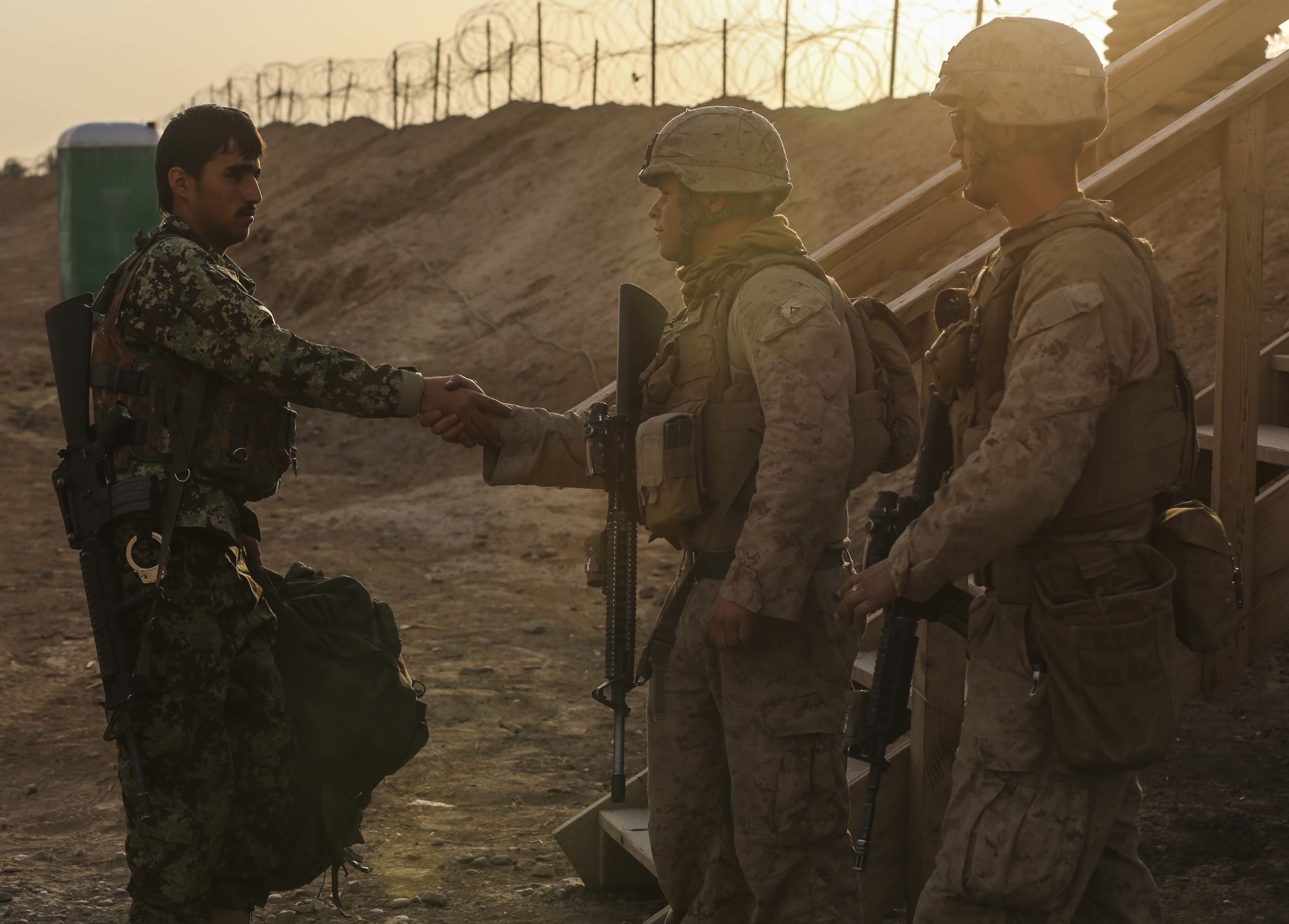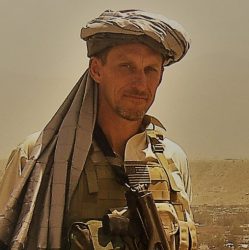Editors Note: This is the first in a series of posts covering the return of the Marines to the Helmand province in Afghanistan. My goal is to return with them and post once again from the Helmand province. I need to raise $8,000 to make this trip and there are two ways to contribute. You can donate via my go fund me page or through pay pal on my blog.
Last January the United States Marine Corps announced it was returning to the Helmand province. The media reacted to the news with articles like I Deployed Twice To The Helmand And Cannot Believe The Marines Are Going Back. I too was mystified that somebody thought it was a good idea to send (reportedly) just 300 Marines into the most unstable province in Afghanistan.
If the Marines are going back into Helmand light on fire power they have to have a deep understanding of the inter-tribal conflicts that drive the cycle of violence in the province. I’m asking for a month-long embed with the detachment handling the Afghan National Police training in Lashkar Gah to see what they can do/ if they’re up to the task.
I had a 45 minute meeting with the BGen Turner who, after spending time catching up, laid a few of the rules of the road out for me. The most interesting was that I not reveal any of the “enhanced capabilities” they are taking on this rotation because he wants them to be a surprise when they are placed in service. That was an easy request for me because I have no idea what he’s talking about. What was interesting about the request was the change in his demeanor; we were both leaning forward looking at each other and after he made that request he sat back and smiled. Not in manner that conveyed warmth but rather in the manner Patton must have smiled when his troops were rolling up the Wehrmacht. I thought it the smile of a battle commander who has options not available before. I liked that smile; it conveyed confidence.

During our meeting Roger told me that both Cater Malkasian and Mike Martin have been working with the Task Force to help them sharpen their understanding of the human terrain and inter-tribal conflicts in the Helmand. This was the best news I’ve heard in a long while.
If you’re interested on gaining a thorough understanding of the inter-tribal dynamics that drive the cycle of violence in the Helmand Province there are just two books you need to read. The first is War Comes To Garmser written by Carter Malkasian, an American and the second is An Intimate War by Mike Martin who is British. Both men spent years on the ground in the Helmand and both are fluent Pashto speakers. Their histories are comprehensive but can be tough going for readers unfamiliar with Afghan names and places. I recommend tackling Carter’s book first because it is limited in scope to one critical district; Mike’s book takes in the entire Province; it’s comprehensive and it is brutally honest about how our limited understanding of inter-tribal dynamics sabotaged our early efforts.
BGen Turner stressed they are looking for Afghan solutions to Afghan problems and that the Afghanistan National Army (ANA) Corps he is working with (the 215th) was assigned a new Commanding General who fights well, organizes his logistics like a pro and leads from the front. He also pointed out that the ANP trainers will be working with locals who are joining the ANP, not recruits from the north who are not Pashtun and know less about the province than we do.
The ANA 215th Corps experienced some bad press a year ago when an interview with ISAF spokesman BGen Wilson Shoffner revealed the following:
I can tell you that in the 215th Corps, the corps commander has been switched out, two of the brigade commanders in the 215th Corps have been changed out, as have several members, key members, of the staff,” Shoffner said. ….In the 215th Corps, “they had problems with equipment maintenance. They had problems with units that had been attrited. They had problems with poor leadership. What we have found when units have an issue with attrition, it typically is traced back to poor leadership,” Shoffner said. Overall, the ANA was short about 25,000 troops because of desertions, he said.
As depressing as reports like this are (because they occur so frequently) I’ll take BGen Turner at his word – the new Corps Command team has been there a year and it’s been a tough one. This article in SOF News provides a good background on the deployment and includes this reasonable speculation;
There are sure to be additional Marine units rotating into Helmand province in the future in light of commitment to Afghanistan until 2020 made by the European Union and NATO at the Brussels Conference and Warsaw Summit this past year (2016).
And this article in USNI has a good interview with BGen Turner and concludes with this quote:
A lot of us have served there before, we have a lot of blood, sweat and tears invested in Helmand, and so I think a lot of the Marines are really excited about this opportunity to go back and to work again with their Afghan partners and to improve their capabilities and get the situation in a better place.
Task Force South West has the knowledge needed to help drive the cycle of violence down. But the devil will be in the details. Developing the the level of relationship required to have influence with senior Afghans is not easy but it’s also not impossible.



Good to see you getting back in to it, God Speed, will spread the word!
Thanks Alan – I appreciate that
I’m glad to hear that you are still telling the story, Tim. It’s been a rough few years through the withdrawal and the pressure this has put on the Afghans.
I hope that you’re able to raise the money to go!
I know Blue and not sure things (over there) are going to get any better but things here have been looking up for me at least. Hope all is well and shoot me an email when you get a chance.